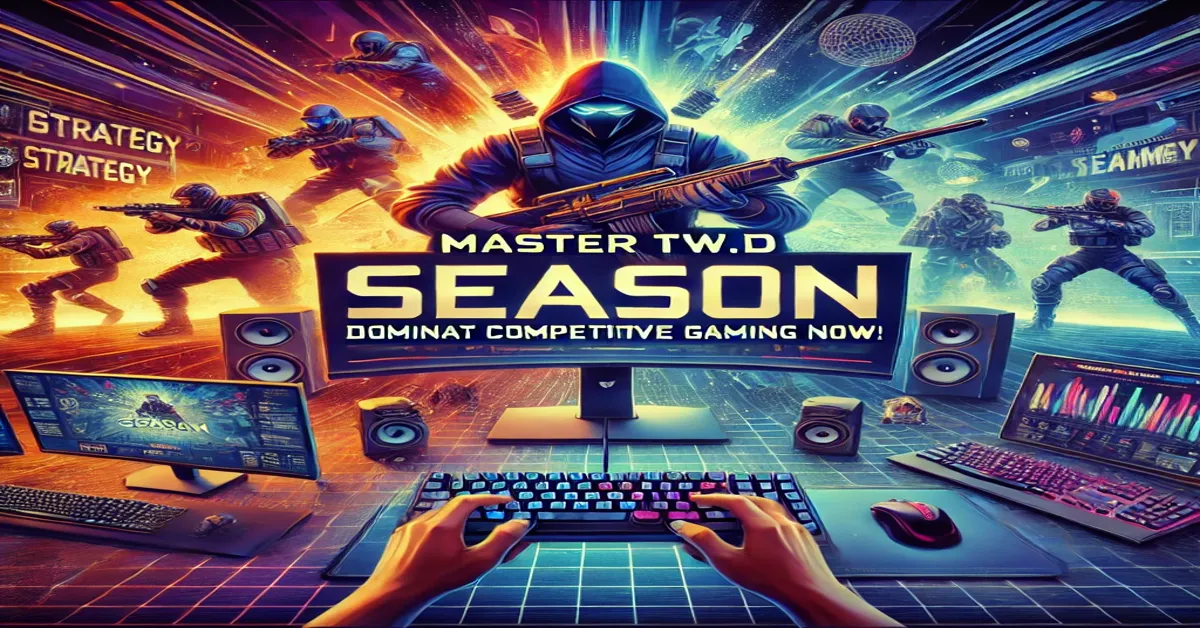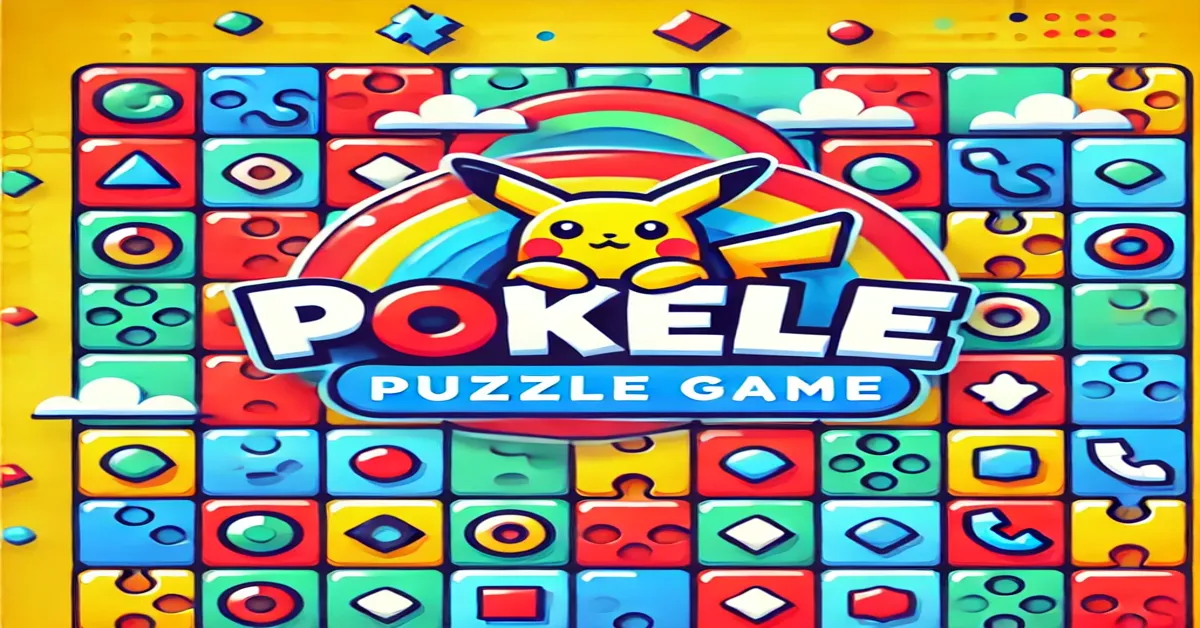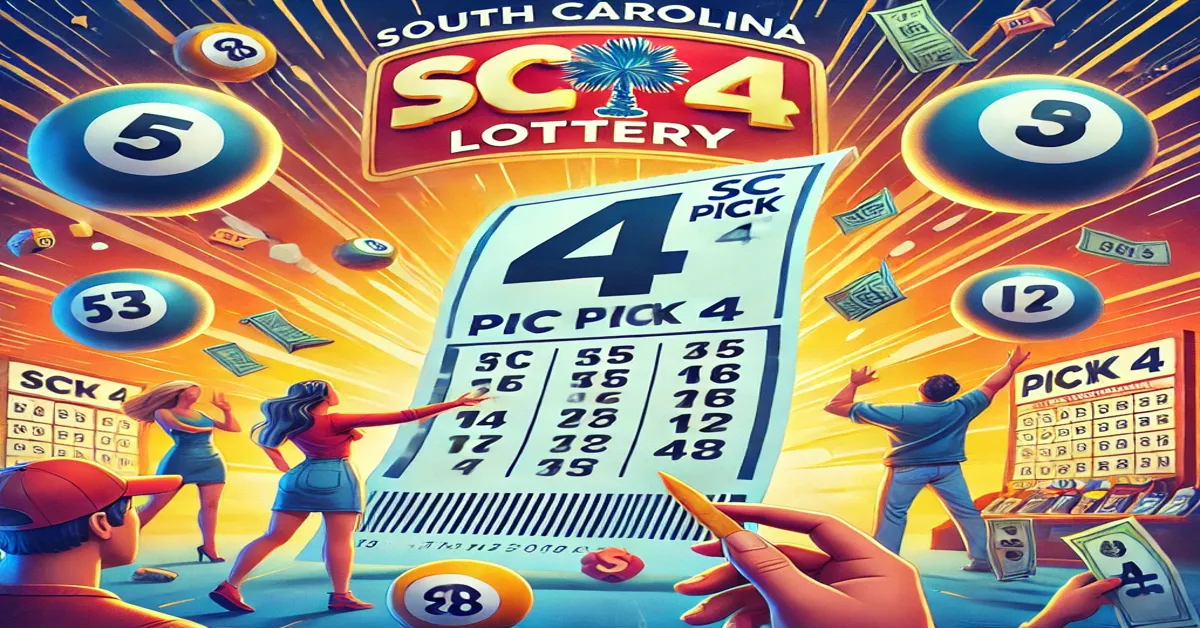In the world of online gaming, new trends and communities are constantly emerging. Among these trends is the rise of TW.D Season, a gaming event or phenomenon that has garnered considerable attention. While the term TW.D Season may not be immediately recognizable to all, it has become a central part of certain gaming communities, particularly those focused on competitive and cooperative online experiences.
This article will delve into the intricate details of what TW.D Season is, its impact on gaming culture, the mechanics behind it, and why it has become a significant event for players around the world. We’ll also explore how this phenomenon is influencing other aspects of the gaming industry, from competitive gaming to casual play.
What Is TW.D Season?
At its core, TW.D Season refers to a specific period within a game, typically an online multiplayer game, where players engage in a competitive environment that resets after a certain time. Much like a sports season, it has a start and an end date, during which players compete for rankings, rewards, and recognition within the game’s community.
The term TW.D is likely an acronym or abbreviation unique to a particular game or community, and Season signifies the cyclical nature of these competitive periods. During each season, players are ranked based on their performance, and at the end of the season, rankings may reset, allowing a fresh start for the next season. This structure keeps the competitive aspect of the game fresh and engaging, as players are incentivized to improve their skills and climb the leaderboards with each new season.
The concept of seasonal gameplay has been popularized by many online games, such as League of Legends, Fortnite, and Overwatch, where each season brings new content, updates, and challenges to keep the player base engaged.
TW.D Season Structure
The structure of TW.D Season is typically broken down into several key components:
- Start and End Dates: Each TW.D Season has a clearly defined beginning and end. These dates are crucial for players, as they mark the period in which they must compete to achieve their desired ranking or rewards.
- Ranking System: Players are usually ranked based on their performance in matches, with a leaderboard system tracking the top players. The ranking system is often divided into tiers, with players advancing or regressing based on their success.
- Rewards and Incentives: To encourage competition, TW.D Season offers various rewards for players who perform well. These can include in-game items, cosmetic upgrades, currency, or even real-world prizes in some cases. The nature of the rewards often dictates how competitive the season becomes.
- Reset Mechanism: At the end of each season, the rankings reset, and a new season begins. Players may retain some of their progress or start fresh, depending on the game’s design. This reset mechanism keeps the competition balanced, as it prevents long-time players from dominating indefinitely and allows new players a chance to compete.
The Origins of TW.D Season
The exact origin of the term TW.D Season remains somewhat ambiguous, but it is likely rooted in the larger trend of seasonal gameplay within online gaming. Many competitive multiplayer games have adopted the season format as a way to create periodic excitement, boost player engagement, and introduce fresh content. The TW.D component may refer to a specific game, community, or even a gaming platform that has embraced this seasonal structure.
In the early days of competitive gaming, rankings were often static, with players accumulating points or wins over time without a reset. However, this system posed a problem: long-time players would dominate the leaderboards, making it difficult for newer or less skilled players to compete. The introduction of seasons solved this issue by resetting the rankings at regular intervals, giving all players a chance to compete on equal footing.
Seasonal gameplay also helps developers introduce new content in a structured way. Rather than releasing updates sporadically, they can tie new content—such as characters, maps, or balance changes—to the beginning of a new season. This not only generates excitement but also ensures that the player base is consistently engaged.
The Competitive Aspect of TW.D Season
One of the key reasons for the popularity of TW.D Season is the competitive nature of the event. Players are motivated to improve their skills and climb the ranks, with the ultimate goal of achieving the highest possible tier by the end of the season. This competitive drive creates a sense of community and rivalry, as players not only compete against strangers but often against their friends and peers.
The ranking system is usually the cornerstone of any TW.D Season. Players start at a baseline rank and can advance by winning matches and performing well. However, losing matches may result in a loss of rank, adding to the pressure and intensity of each game. For many players, the thrill of climbing the ranks is what makes TW.D Season so addictive.
Team-Based vs. Solo Competition
Depending on the game, TW.D Season may focus on solo competition, team-based play, or a combination of both. In team-based games like Overwatch or League of Legends, players must not only excel individually but also work together with their teammates to achieve victory. This adds another layer of complexity to the competition, as teamwork, communication, and strategy become crucial to success.
In solo competitions, such as those found in games like Hearthstone or Fortnite, individual skill and decision-making are paramount. Players must rely on their own abilities to climb the ranks, making every match a personal test of skill and knowledge.
TW.D Season and eSports
As competitive gaming has grown, so too has the world of eSports. TW.D Season has become an integral part of the eSports ecosystem, as many professional teams and players use the seasonal structure to hone their skills and prepare for major tournaments. In some cases, TW.D Season itself may serve as a qualifier for larger eSports events, with top-performing players or teams earning a spot in high-stakes competitions.
For eSports organizations, the seasonal format provides a clear timeline for player development and team strategy. During each season, teams can assess their strengths and weaknesses, experiment with different tactics, and adapt to changes in the game’s meta. By the end of the season, they are better prepared to compete in larger tournaments, where the stakes—and the rewards—are even higher.
The Role of Streaming Platforms
Streaming platforms like Twitch and YouTube Gaming have played a significant role in the rise of TW.D Season as a spectator event. Many players stream their progress throughout the season, allowing viewers to follow their favorite competitors as they climb the ranks. These streams often feature live commentary, in-depth analysis, and community interaction, making TW.D Season an engaging experience for both players and spectators.
In addition to individual streamers, many gaming organizations host official broadcasts of TW.D Season events, showcasing high-level gameplay and offering insights into the strategies used by top players. This has helped elevate TW.D Season from a purely competitive event to a form of entertainment that can be enjoyed by a global audience.
The Social and Psychological Impact of TW.D Season
The competitive nature of TW.D Season can have a profound impact on players, both socially and psychologically. On one hand, the desire to improve and achieve a higher rank can be a powerful motivator, encouraging players to practice, learn new strategies, and push themselves to their limits. The sense of accomplishment that comes from reaching a new rank or earning a coveted reward can be immensely satisfying.
On the other hand, the pressure to perform can sometimes lead to negative experiences. Players who struggle to climb the ranks may experience frustration, anxiety, or burnout, especially if they feel that their progress is being hindered by factors outside their control, such as uncooperative teammates or bad matchmaking. This is a common issue in competitive gaming and one that developers must carefully consider when designing seasonal events.
Community and Collaboration
Despite the challenges, TW.D Season often fosters a strong sense of community among players. Many games feature in-game chat, forums, or social media groups where players can discuss strategies, share tips, and support one another. This sense of camaraderie can make the competitive experience more enjoyable, as players work together to overcome challenges and celebrate their successes.
In some cases, TW.D Season may even lead to long-lasting friendships or collaborations, as players who meet during the season continue to play together in future seasons or other games. The shared experience of competing in a TW.D Season can create bonds that extend beyond the game itself, reinforcing the social nature of gaming.
The Future of TW.D Season
As the gaming industry continues to evolve, so too will the concept of TW.D Season. Future developments in technology, game design, and player behavior will likely shape the way these seasonal events are structured and experienced.
Potential Innovations
- Dynamic Seasons: Some developers may experiment with dynamic or adaptive seasons, where the length of the season or the rules governing competition change based on player behavior or other factors. This could create a more fluid and responsive competitive environment.
- Cross-Game Seasons: As cross-platform play becomes more common, we may see the rise of cross-game seasons, where players can compete across multiple titles within the same ecosystem. For example, a player’s performance in one game could impact their ranking or rewards in another, creating a more interconnected gaming experience.
- Enhanced Rewards: Developers may introduce new types of rewards to keep players engaged, such as exclusive in-game items, real-world prizes, or even opportunities to compete in professional eSports tournaments. These rewards could be tailored to different types of players, from casual participants to hardcore competitors.
Conclusion:
In conclusion, TW.D Season represents a key trend in online gaming, blending competition, community, and rewards to create an engaging experience for players worldwide. As gaming continues to evolve, so too will the concept of seasonal competition, offering new opportunities for players to test their skills, connect with others, and enjoy the thrill of climbing the ranks.
FAQs About TW.D Season
1. What is TW.D Season?
TW.D Season refers to a competitive period within an online game, where players compete for rankings and rewards. It typically follows a cyclical structure, with rankings resetting at the end of each season.
2. How does the ranking system work in TW.D Season?
Players are ranked based on their performance in matches. Winning games typically results in rank advancement, while losing can cause a decrease in rank. Rankings reset at the end of each season.
3. What types of rewards can players earn in TW.D Season?
Rewards vary depending on the game, but they often include in-game items, cosmetic upgrades, currency, and sometimes even real-world prizes. High-ranking players may also earn recognition within the community.
4. How long does a typical TW.D Season last?
The length of a season can vary, but most last between one and three months. Some games may have shorter or longer seasons depending on the nature of the competition.
5. Is TW.D Season only for competitive players?
While TW.D Season is primarily designed for competitive players, many games offer rewards and incentives for casual participants as well. Players of all skill levels can enjoy the seasonal experience.
6. How can players improve their performance during TW.D Season?
To improve performance, players should practice regularly, study strategies used by top players, and communicate effectively with their teammates (in team-based games). Watching streams and participating in community discussions can also provide valuable insights.











